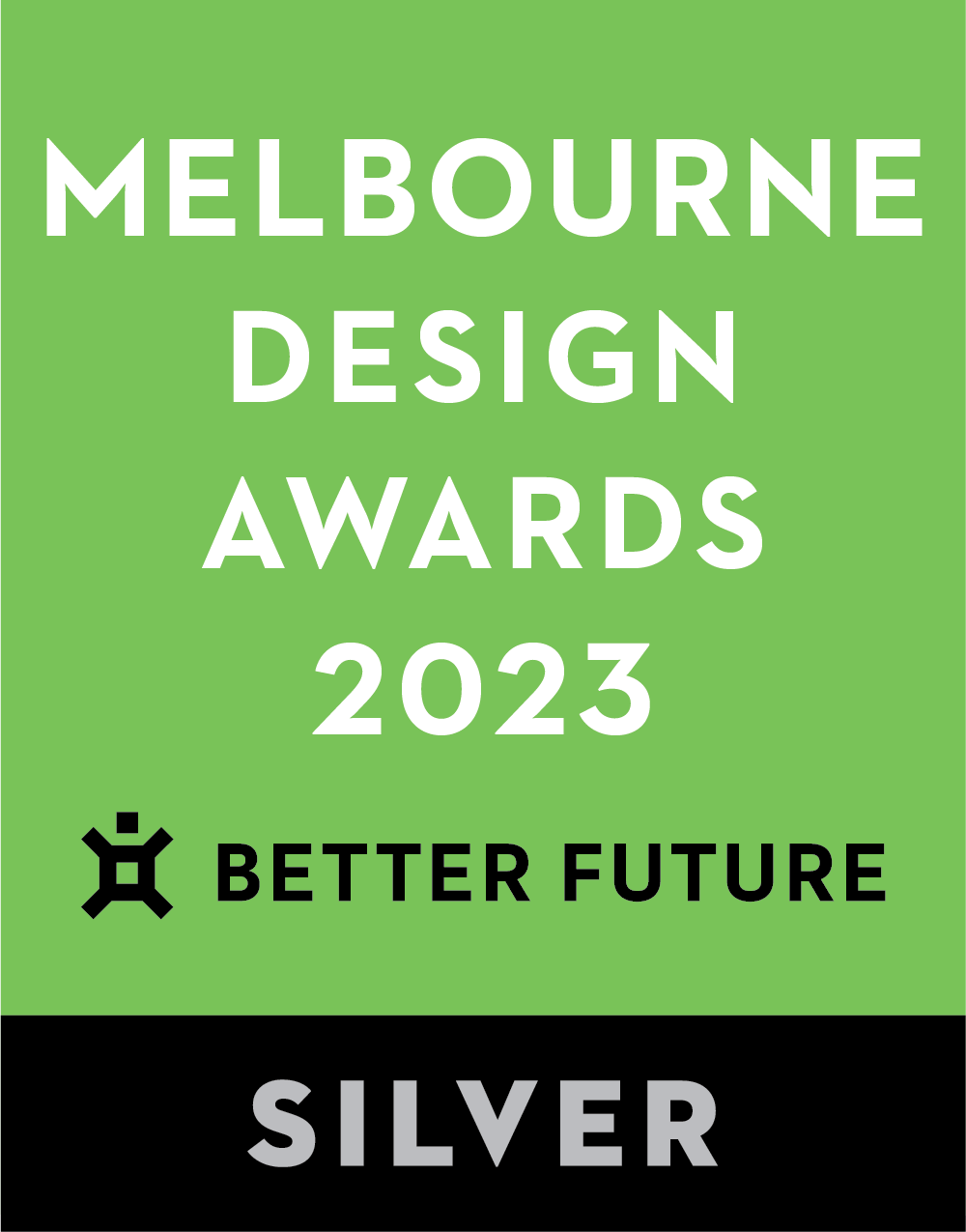Key Dates








Image Credit :

Project Commissioner
Mental Health and Wellbeing Division - Victorian Department of Health
Project Creator
Project Overview
Social prescribing is an initiative of the Victorian Department of Health’s Mental Health and Wellbeing Division. It’s about reimagining support for people experiencing psychological distress, mental ill health and addiction. It proposes a design-led response to loneliness and social isolation through community-based activities.
Team
Today: Alex Moshovelis, Belle Wood, Liz Sideris, Penny McVey
Project Brief
Australians are experiencing higher rates of social isolation and loneliness, and this is especially true in older Victorians; some of whom are stuck in a cycle of psychological distress, mental ill health and addiction. The level of social connection and support that exists between individuals and groups needs to improve for better mental health and well-being outcomes.
Our challenge was to co-design a new initiative that reimagined how we support people experiencing psychological distress, mental ill health and addiction (including their carers, families and supporters) by engaging them in non-clinical, community-based activities.
Project Innovation/Need
32 consumers and carers came together to co-design a new service model for 'Social Prescribing’. Our solution is being trialled across six locations, supporting Victorians to be included in, and connected to, their communities. The solution is a new initiative embedded within the new Mental Health and Wellbeing Locals to connect people with community-based activities that best meet their interests and needs.
We arrived here after a generative design process to define the service journey and identify the roles, responsibilities and qualities of the desired workforce. Our remit was across the experiential and operational aspects of the initiative.
Social prescribing is intended to bring a new, holistic approach to mental health and well-being and provide non-clinical ways to improve confidence, self-esteem, a sense of control and empowerment. This is a significant shift from the medical model, recognising that communities are well-placed to support mental health and wellbeing.
Design Challenge
It was imperative we created a safe, inclusive and meaningful process for those who have or may still be experiencing mental ill health and addiction. We coached four people with lived experience in design thinking and facilitation to share power, enable decision-making at every level and work together to create trauma-informed spaces for our 32 co-designers.
We developed playful and sensory activities that appealed to different needs and modes of expression to imagine and map the desired future-state initiative. We mapped the service journey through a metaphor; the ‘Reconnection River’, to represent a sense of calm, peace and play. Each element of the initiative was carefully mapped to the stages of the river to set the tone, vision and guidelines for implementation.
We adapted visual storytelling, creative writing, modelling and roleplay to test the service experience in real-time. We visualised the built form and how it needed to significantly shift from traditional clinical settings to encourage service uptake; explored how the initiative would have to adapt and support people’s various levels of confidence; how to maintain support and momentum in group activities when there are feelings of anxiousness and depression; and wrote letters to the future workforce to describe the aspiration for the responsibilities and qualities of the roles.
The service journey embedded the needs of community organisations to support commercial, operational and workforce considerations of the model. It has redefined the budgets, training, and support providers will get receive in order to deliver the initiative.
Future Impact
Our co-designers described that Social Prescribing will increase ‘self-esteem, confidence, sense of belonging, and empowerment’, Others highlighted that it will increase ‘motivation, meaning and a positive mood’ while supporting physical health.
Deserving recognition is the positive impact the project had on the co-design cohort. Sharing your trauma and experiences as a co-designer can be a relentless job. Take Social Prescribing for example: We worked with people whose social anxiety was so crippling that they couldn’t make it through a grocery shop without having a panic attack and racing out. And here we were, putting them into a series of group workshops. Yet the process we took our co-designers through empowered them beyond our expectations, inspiring them to continue advocating for lived and living experience-led change. Our co-designers have continued to extend and share their newfound design knowledge across other system reform projects and take on roles on regional bodies and steering committees. Others are in the process of applying for front-line roles in the Social Prescribing initiative.
When the systemic and individual scales are combined, this project had a symbiotic impact on both the Department and the co-designers. It provided a shift in the Department’s mindset of how powerful it can be when the voices, stories, and ideas of people with lived experience are embedded within project outcomes. And it facilitated a positive co-design experience that validated for people with lived and living experience the benefit of lending their power to design positive social change.
Better Future - Equity & Inclusion
Projects that expand and grow inclusion, integration, diversity and community.
More Details

